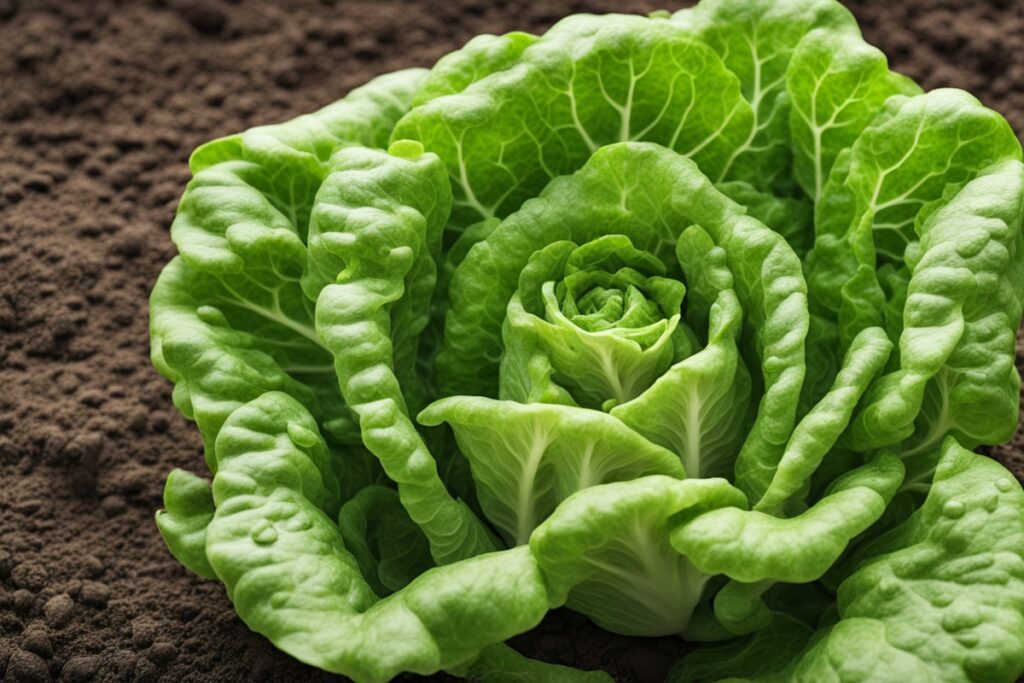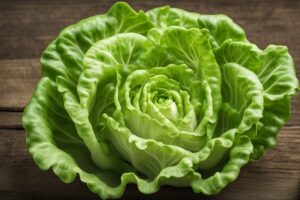Growing lettuce at home is one of those gardening adventures that feels like a small victory every time you harvest a crisp, fresh leaf for your salad. If you’re just dipping your toes into the world of gardening, though, picking the right seeds can feel like navigating a maze. Don’t worry—I’ve been there, and I’ve got you covered. Let’s talk about the best lettuce seed varieties for beginners, focusing on types that are forgiving, fast-growing, and rewarding, even if your green thumb is still a work in progress. Imagine you’re dealing with a tiny backyard plot or a couple of pots on a sunny balcony; these varieties will thrive with minimal fuss, and I’ll share some personal tips and tricks to get you started on the right foot.
Why Lettuce is a Beginner’s Best Friend
Before we dive into specific varieties, let’s chew on why lettuce is such a fantastic crop for new gardeners. For starters, it’s quick—most types go from seed to salad in 30 to 60 days. That’s instant gratification in the gardening world! Plus, lettuce isn’t picky about space; you can grow it in containers, raised beds, or even indoors under a grow light if you’re short on outdoor real estate. It’s also pretty low-maintenance compared to, say, finicky tomatoes or pest-magnet brassicas. But here’s the kicker: not all lettuce varieties are created equal when it comes to ease of growth. Some bolt (go to seed) at the first hint of heat, while others shrug off less-than-perfect care. That’s why choosing the right seed is half the battle.
Black Seeded Simpson: The Classic Easy-Grower
If I had to pick one lettuce variety to recommend to every beginner, it’d hands-down be Black Seeded Simpson. This heirloom loose-leaf lettuce has been a staple in gardens for over a century, and for good reason. It’s incredibly hardy, germinating in cool or warm soil (think 40°F to 80°F), and it’s ready to harvest in as little as 45 days. I remember sowing my first batch of Black Seeded Simpson seeds in a patchy community garden plot years ago—half the seeds got too much water, the other half too little, and yet, they still sprouted like champs. You can cut the outer leaves and let it keep growing, a technique called “cut-and-come-again,” which means one planting can feed you for weeks. Bonus? It’s slow to bolt, so a sudden heatwave won’t ruin your crop overnight. Sow it in early spring or fall for the best results, and don’t stress if your watering schedule isn’t perfect—it’ll forgive you.
Buttercrunch: Sweet and Heat-Tolerant
Next up is Buttercrunch, a butterhead lettuce that’s as delightful to eat as it is to grow. Why should beginners care about this one? Well, it’s got a mild, buttery flavor that’ll make you swear off store-bought lettuce forever, and it’s more heat-tolerant than many other varieties. That’s a big deal if you’re in a warmer climate or if summer sneaks up on you before you’ve harvested. I’ve grown Buttercrunch in a south-facing window box during a particularly toasty June, and while other lettuces nearby wilted or bolted, this one held its own. It forms loose heads, matures in about 60 days, and thrives with consistent moisture. A little tip from trial and error: mulch around the base with straw or grass clippings to keep the soil cool and moist—it’ll thank you with tender, sweet leaves.
Salad Bowl: A Colorful, Forgiving Mix
Ever wonder what it’d be like to grow a rainbow in your garden? Salad Bowl lettuce is your answer. This loose-leaf variety comes in green and red shades, making your harvest as pretty as it is tasty. It’s a fantastic choice for beginners because it’s not just one type of lettuce—it’s a mix, so you’re hedging your bets. If one strain struggles, another will likely thrive. I’ve tossed Salad Bowl seeds into a container on my patio with barely any prep, and within 50 days, I had a vibrant mix of leaves ready for picking. Like Black Seeded Simpson, it’s great for cut-and-come-again harvesting, and it’s slow to bolt. Plant it in succession (every two weeks or so) to keep a steady supply, and don’t overthink the soil—it’ll grow in average conditions as long as it’s not waterlogged.
Romaine Parris Island: Crunchy and Resilient
For those of you dreaming of crisp Caesar salads straight from the garden, Romaine Parris Island is one of the best lettuce seed varieties for beginners. This romaine type grows tall, upright heads with thick, crunchy leaves, and it’s surprisingly tough. It can handle a bit of heat and some drought better than most romaines, which is why it’s a go-to for newbies. I once planted Parris Island in a raised bed alongside more delicate greens, and while the others struggled with a week of neglect, this variety kept chugging along. It takes about 60-70 days to fully mature, but you can harvest outer leaves sooner. One caveat: it needs a bit more space than loose-leaf types, so give each plant about 12 inches to spread out. Keep an eye out for slugs—they love romaine as much as we do—but a simple barrier of crushed eggshells around the base usually does the trick.
Tips for Growing Lettuce Successfully as a Beginner
Now that we’ve covered some top varieties, let’s get into the nitty-gritty of making sure your lettuce seeds turn into a bountiful harvest. First off, timing is everything. Most lettuce prefers cool weather, so aim for spring or fall planting. If you’re in a hot zone, use shade cloth or plant near taller crops to protect it from scorching sun. Soil-wise, keep it loose and well-draining—mix in some compost if you’ve got it, but don’t sweat perfection. Water consistently but not excessively; soggy roots are a death sentence. I learned this the hard way when I overwatered a batch of Buttercrunch and ended up with a muddy, sad mess. A good rule of thumb? Stick your finger an inch into the soil—if it’s dry, water; if it’s damp, wait. Lastly, pests like aphids can be a nuisance, but a quick spray of soapy water usually sends them packing. Start small, experiment with a couple of these varieties, and you’ll be amazed at how quickly you get the hang of it.
Where to Buy Quality Lettuce Seeds
Alright, you’re sold on trying these varieties—but where do you get the seeds? Quality matters, and as someone who’s wasted money on duds, I can’t stress this enough. Stick to reputable seed companies like Baker Creek Heirloom Seeds, Johnny’s Selected Seeds, or even your local nursery if they carry organic or heirloom options. Online reviews can be a goldmine for spotting reliable vendors, and many university extension services (like those I’ve referenced below) offer seed-starting guides and supplier lists. If you’re on a budget, check out seed swaps in your community—gardeners often share extras of proven varieties like Black Seeded Simpson. One last tip: always check the packet for the harvest date and storage info. Fresh seeds germinate better, and trust me, there’s nothing more frustrating than planting a whole row only to see nothing sprout.
As you embark on your lettuce-growing journey, remember that gardening is as much about the process as it is about the harvest. There’s something downright magical about watching those tiny seeds turn into vibrant, edible plants. Whether you’re tending a sprawling backyard or just a few pots on a windowsill, these beginner-friendly varieties—Black Seeded Simpson, Buttercrunch, Salad Bowl, and Romaine Parris Island—will give you a fighting chance at success. So, what are you waiting for? Grab some seeds, get your hands dirty, and let’s grow some greens together. With a little patience and care, you’ll be tossing homegrown salads in no time, and I bet you’ll feel a swell of pride with every bite.
References
- University of Minnesota Extension – Growing Lettuce
- Penn State Extension – Lettuce Varieties for Home Gardens
- Missouri Botanical Garden – Lettuce Growing Guide
- Oregon State University Extension – Growing Lettuce in the Pacific Northwest
- Royal Horticultural Society – How to Grow Lettuce
Disclaimer: This article is for informational purposes only, based on general research and personal experience. It is not intended to serve as a substitute for professional advice. Gardening conditions, climates, and individual circumstances can vary widely, so results may differ from those described. Always consult a qualified professional, such as a local agricultural extension agent or certified horticulturist, for personalized guidance tailored to your specific situation. The author and publisher are not responsible for any adverse effects or consequences resulting from the application of the information provided in this content.
This content is for informational purposes only and not a substitute for professional advice.





